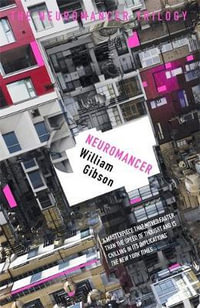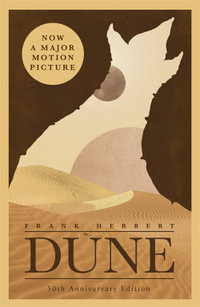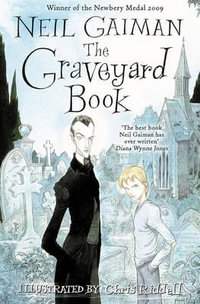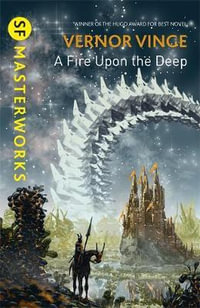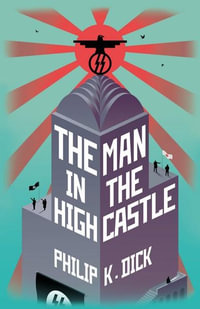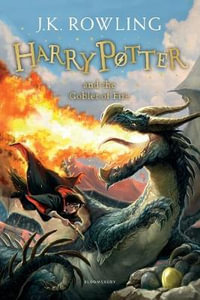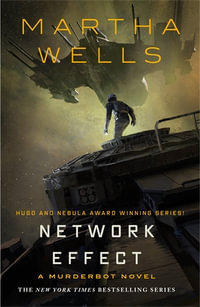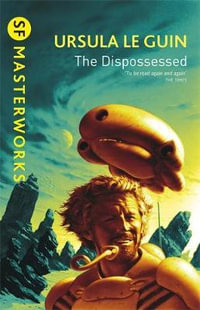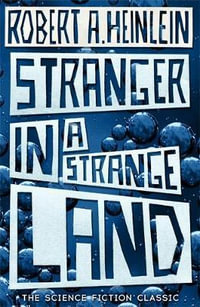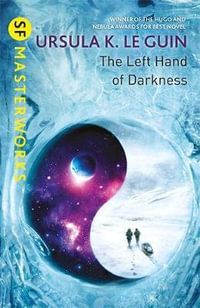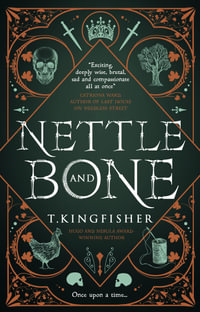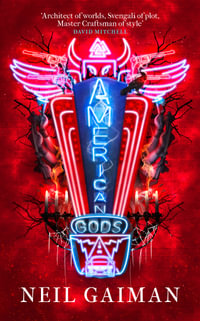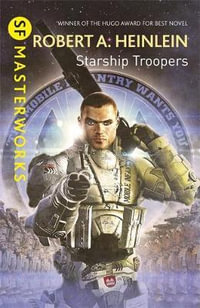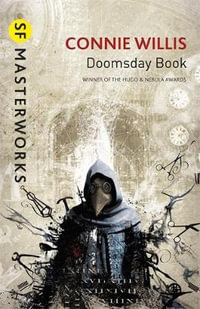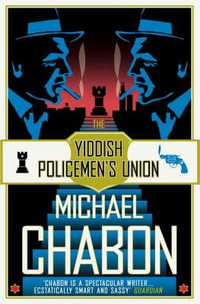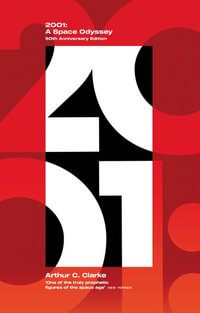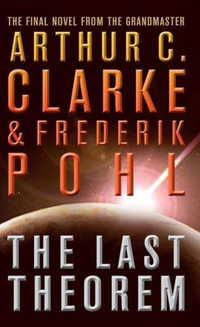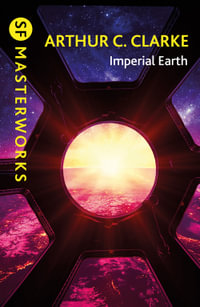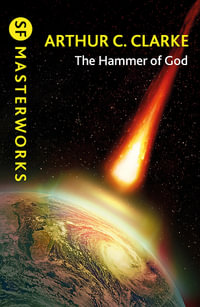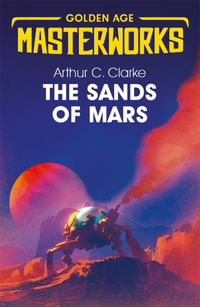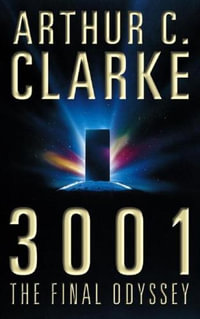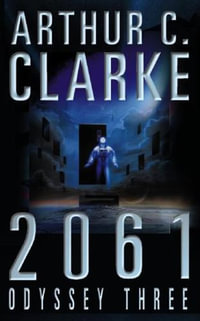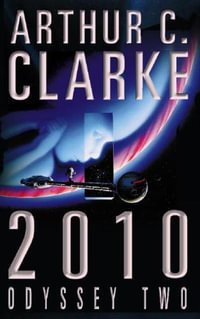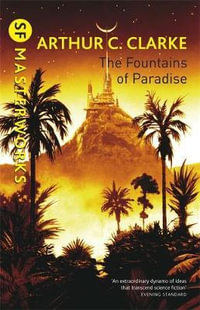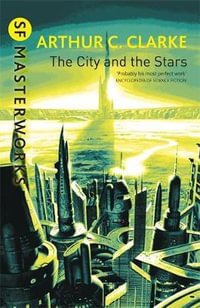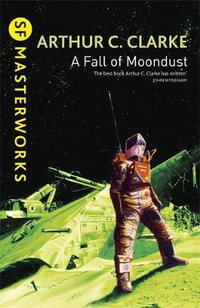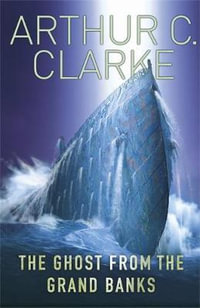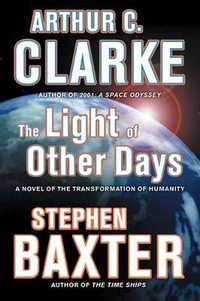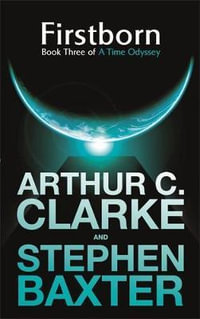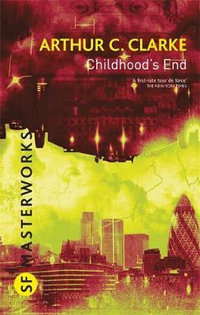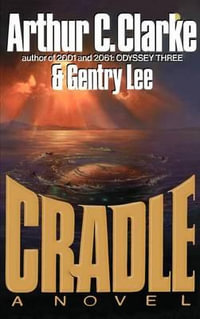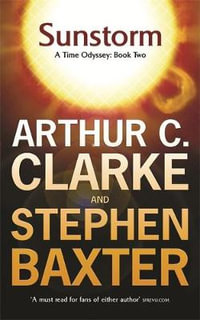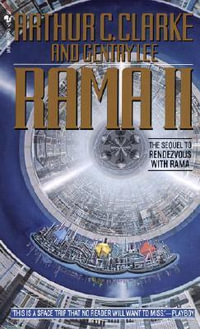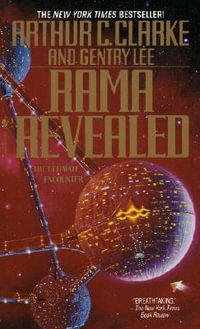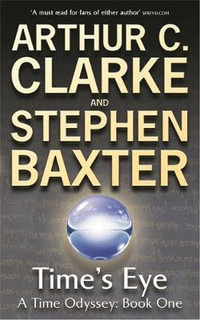Vannemar Morgans dream is to link Earth to the stars with the greatest engineering feat of all time: a 24,000-mile-high space elevator. But first he must solve a million technical, political, and economic problems while allaying the wrath of God. For the only possible site on the planet for Morgans Orbital Tower is the monastery atop the Sacred Mountain of Sri Kanda.
About the Author
One of the most accomplished authors in the history of science fiction, Arthur C. Clarke has written numerous international bestsellers. His visionary classics, including 2001: A Space Odyssey, Childhood's End, and Rendezvous with Rama, range across frontiers of science and society, combining exquisitely daring blueprints of future worlds with perceptive observations of our own.
Industry Reviews
"Characteristic Clarke - and parts of it are excellent. Which parts? Not the style - the usual blur of amiable banalities. Not the characters, who resemble a crew of exceptionally bright, well-behaved, and sexless 15-year-olds. Not the social or historical extrapolations, which sound like cute rejoinders to a random selection of headlines. The only thing that keeps this going is the liveliness of its technical premise: from a satellite in stable geosynchronous orbit over the island of "Taprobane," a team of scientists and engineers under the eager direction of aging Vannevar Morgan is trying to lower to Earth the incredibly thin and strong cables of a giant "elevator," which will eventually make Earthside rocket launchings obsolete by ferrying up men and materials from the ground to the satellite. The lowest stage is still 600 kilometers from Earth when a sudden malfunction traps a team of researchers in a small chamber at the end of the cables; the rest of the script is Early Standard Cliffhanger. Not much of a novel, but the idea is one of Clarke's most captivating." - (Kirkus Reviews)

